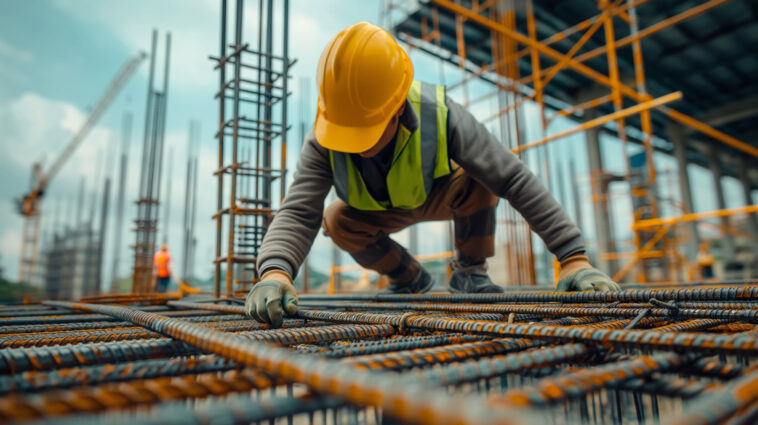TORONTO — As Canada moves forward with plans to build millions of new homes, the carbon emissions associated with the materials that make up houses and other major infrastructure are substantial. But a new Clean Energy Canada report released today finds that building with lower-carbon materials and methods doesn’t need to make housing more expensive—and even has the added benefit of supporting Canadian industries at a time of high tariffs and trade tension.
Manufacturing the construction materials that make up our buildings, from the concrete foundations to the drywall, creates significant carbon pollution. Meeting the previous federal government’s housing plan (which would support nearly four million houses by 2030) was expected to generate the equivalent of more than a year’s worth of Canada’s total emissions by 2030.
Thankfully there are a number of cleaner material options, many of which are made in Canada, from steel produced in Electric Arc Furnaces to low-carbon concrete mixes. This report looks at the price of using these cleaner products, finding that lower-carbon equivalents are available in Canada at the same cost or for a negligible cost premium across almost all building materials and case studies explored.
In a world where the U.S. is an increasingly unreliable trading partner, choosing these lower-carbon materials can help scale up domestic industries, enabling them to become more competitive exporters to other global jurisdictions, like the EU, that are seeking low-carbon products.
There is one key way to help set up these industries for success, the report argues: “Buy Clean” policies, where governments require that cleaner materials are used in public construction projects. By using this approach in public procurement policy, Canada could avoid up to 4 million tonnes of emissions by 2030 (the equivalent of 850,000 cars). Such a policy can offer a trade-compliant route to supporting Canadian industries at a time of tariffs and uncertainty.
Head to the report for more on why building clean homes and infrastructure doesn’t need to cost the earth.
KEY FACTS
- Material emissions savings of up to 32% for concrete, 100% for structural steel, 53% for rebar, 55% for drywall, and 98% for insulation were identified at no or negligible cost increases in the case study analysis.
- More efficient design of buildings can already reduce both cost and carbon by reducing the quantity of construction materials needed. Simplifying or streamlining building designs can also speed up construction.
- The federal government has adopted policies requiring concrete and steel used in federally procured projects to be lower-carbon. Major construction projects funded by the federal government also require emissions reduction of 30% across the whole project.
- With building operations such as heating and cooling getting electrified, the emissions from construction will make up a larger share. The embodied emissions of an efficient electrically heated building can make up as much as 93% of the building’s cumulative emissions impact by 2050.
RESOURCES
Report | Building Toward Low Cost and Carbon
Report | Building Success: Implementing Effective Buy Clean Policies
Report | Money Talks




GIPHY App Key not set. Please check settings